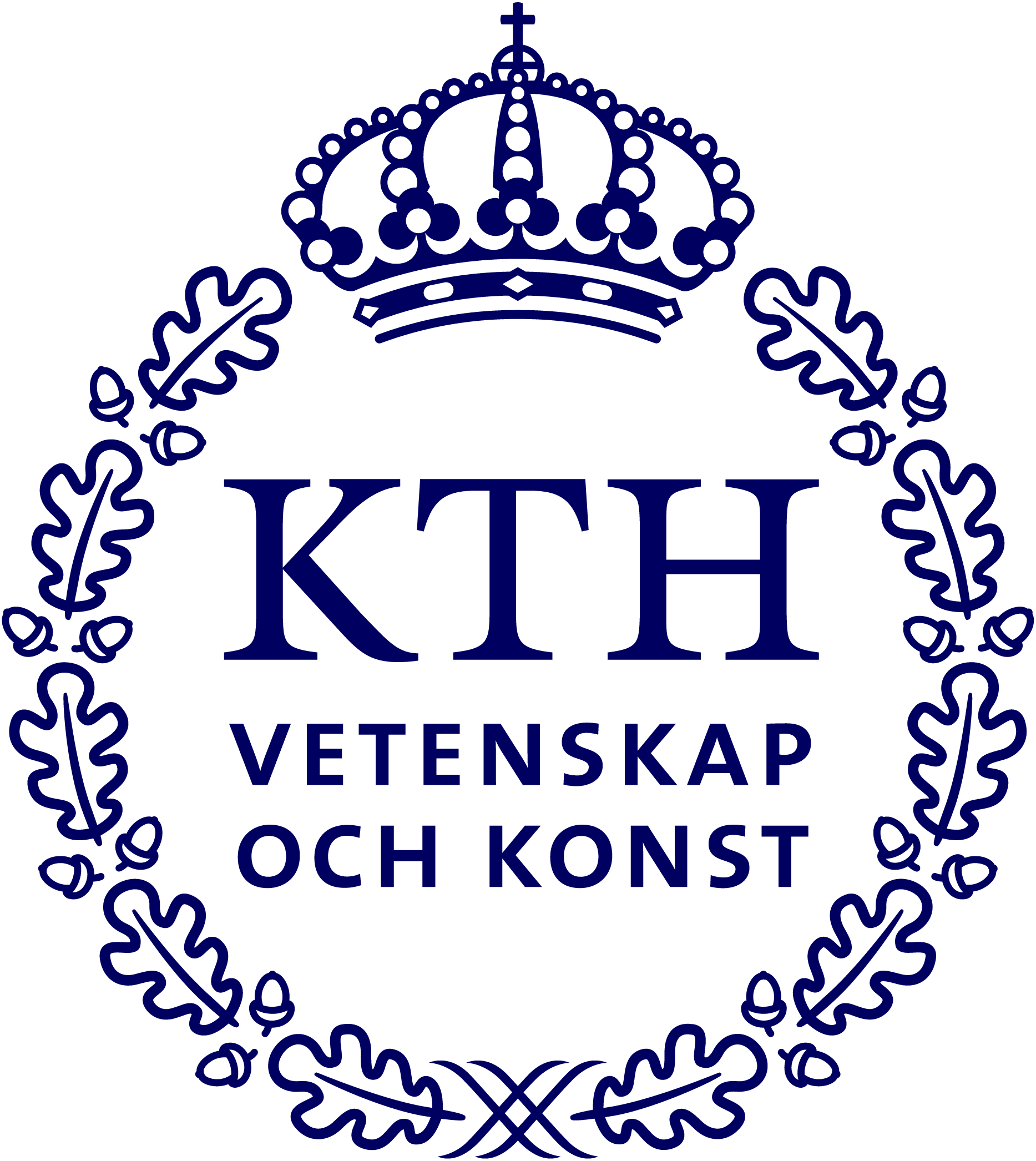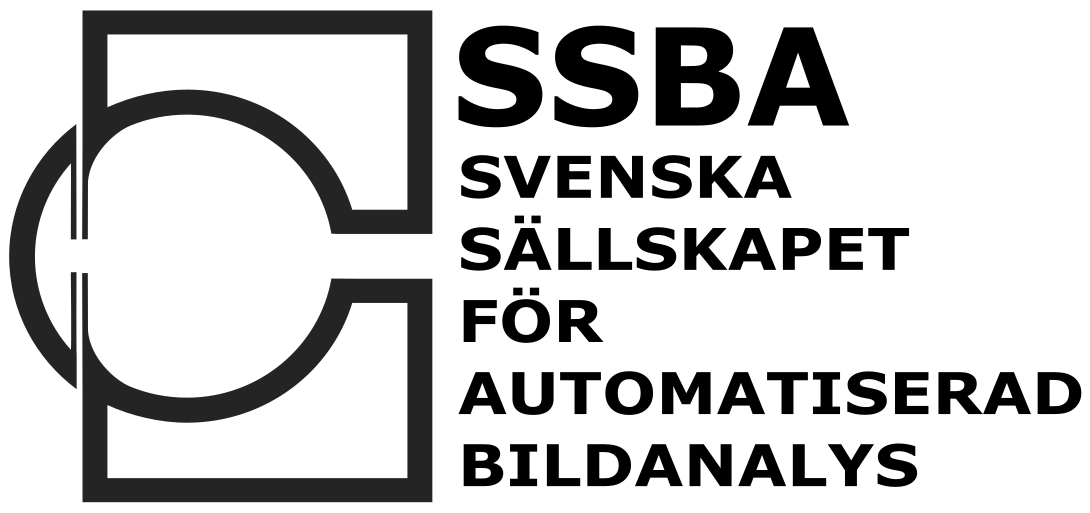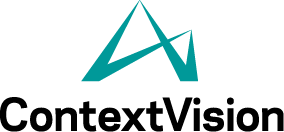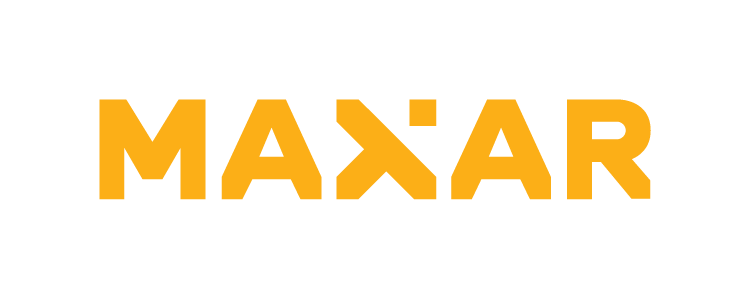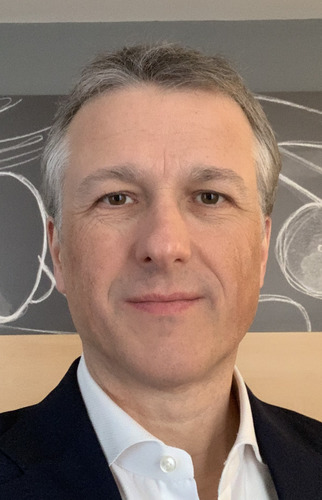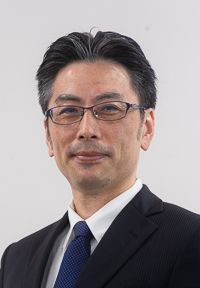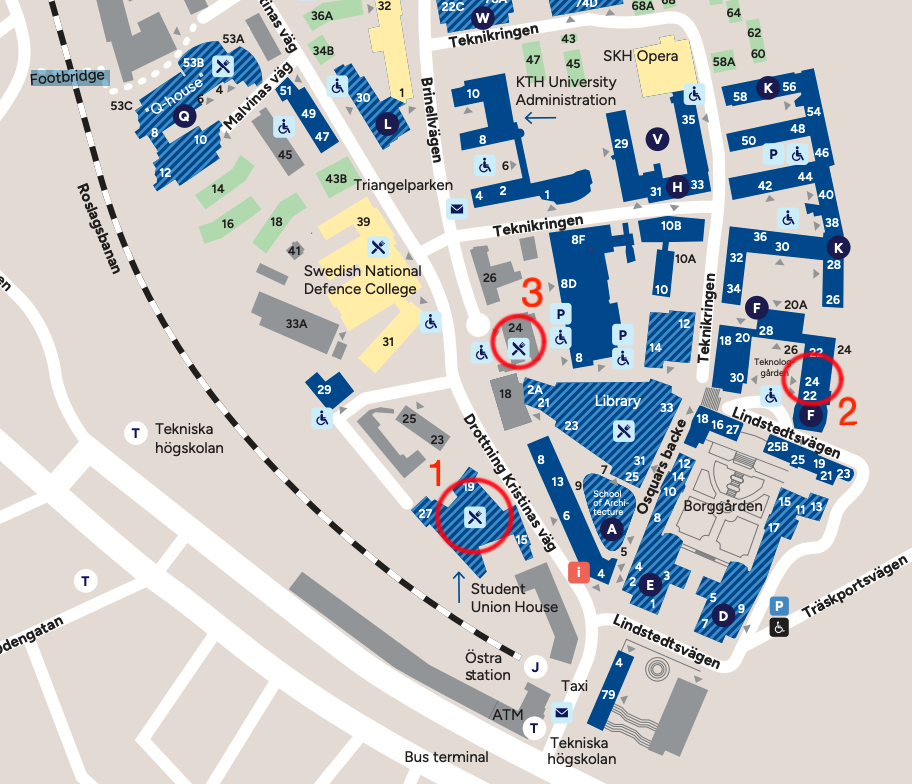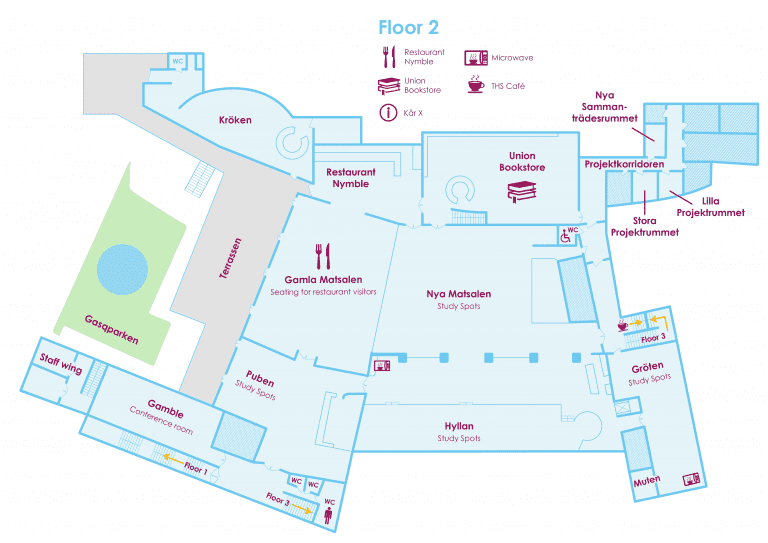This year, we celebrate the 42nd anniversary of the Swedish Symposium on Image Analysis (SSBA) this year. The symposium is co-located with the 8th Swedish Symposium on Deep Learning (SSDL). The event takes place at KTH Royal Institute of Technology, located in the centre of Stockholm, Sweden.
The SSBA symposium is the premier Swedish event where researchers, industrial professionals and students gather to learn about the recent developments in the areas of image processing, computer vision, pattern recognition and related fields. SSBA 2025 will feature keynote speakers, and oral presentations and posters of submitted papers.
SSDL is an important Swedish forum for leading research groups in industry and academia to meet and discuss the latest trends and developments in deep learning and related areas. SSDL 2025 will feature invited talks by leading researchers in deep learning as well as oral and poster presentations of submitted papers and abstracts.
